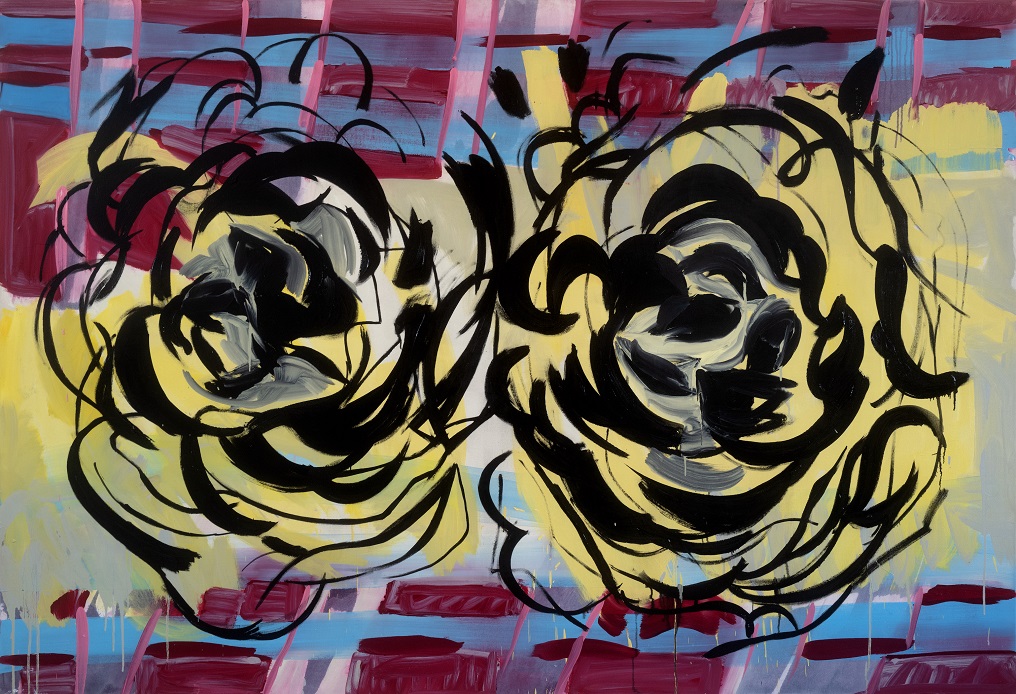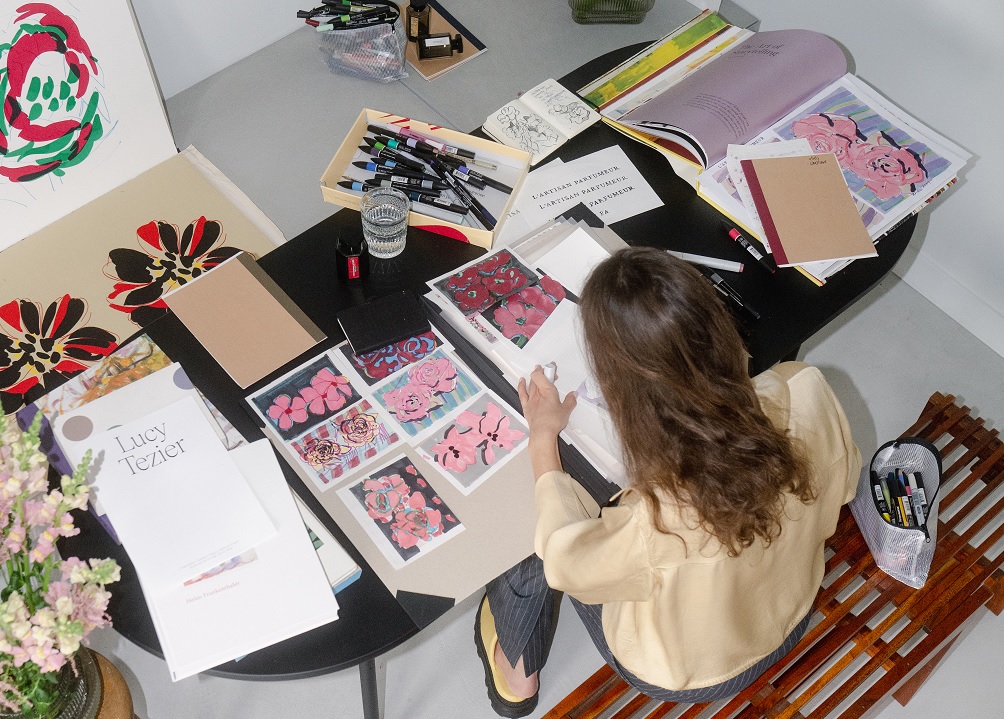The commercial art world and tax evasion have become increasingly synonymous, with high-value artworks often serving as vehicles for discreet financial maneuvering. In an industry built on secrecy and discretion, private sales provide the perfect smokescreen — allowing transactions to occur behind closed doors, away from regulatory scrutiny.
Belgium, quietly shady: With its deep-rooted aristocratic traditions and stronghold of old-money families, Belgium has emerged as a strategic hub for wealthy art collectors seeking to exploit favorable tax regimes.
Its low inheritance taxes and notoriously discreet art market make it an attractive place to quietly store wealth in the form of paintings, sculptures, and other collectible assets.
A surprising number of artworks never see daylight. They live in freeports — high-security warehouses designed to keep things out of sight and out of reach. No taxes, no customs, no public. In these spaces, art sheds its pretensions and reveals its function: a movable store of value, like gold.
Somewhere along the way, the idea of art as a social act was replaced by its function as a financial strategy.
Enter independent projects, non-profits, and artist-run spaces — they feel more essential now than ever. In many ways, they’re the only places where something real still happens. They exist outside the market, which means they aren’t shaped by what’s trending. This makes space for risk and, more importantly, authenticity.
The work in these spaces might be rough around the edges, but it carries more life than what you’ll find in the polished settings of commercial galleries.
These places run on limited resources — they’re messy and often held together by volunteers. There’s hardly any revenue, and rarely do they attract the aforementioned wealthy collectors. What they offer isn’t spectacle or prestige, but something slower, more lasting: process, dialogue, and the chance to try something without necessarily needing it to be a product.
Commercial galleries are very good at selling art, but many of them have lost touch. These smaller spaces haven’t. They still believe — keyword — that art can hold meaning. It can bring people together and ask questions. For that alone, they’re worth paying attention to.
Personal stakes: After fifteen years in the commercial art world, I grew tired of watching work disappear into storage. So much of it felt extractive—soul-sucking, even. Artists became mere producers, and their works became inventory. Somewhere along the way, the part that mattered — the verve — got lost.
My energy is now elsewhere. On conversation and shared imagination. On collaboration instead of hierarchy. If that sounds like a relief, you might look there, too.
ON MY RADAR: INDEPENDENT SHOWS, NON-PROFITS, & ARTIST-RUN SPACES TO DISCOVER
What does an oracle look like? Perri MacKenzie's solo exhibition, presented by Komplot, explores the voice as a visual and energetic force through large-scale collage paintings, prints, and her debut book. Inspired by the animal fountains of Sainte-Catherine, the works blend image, text, and gesture in a fluid meditation on expression, myth, and the power of voice. The opening event takes place on April 11th.
Exult is a new collective of artists based in Brussels and Maastricht who use tarot as a tool to engage their audience through immersive happenings. Their upcoming event, Exult #2: Crude Forging, on April 27th at Domesticity, will lead visitors on a 2-hour artistic geocache quest inspired by the Emperor tarot card, culminating in the chance to claim their own Emperor card.
The Red Box, a dynamic performance project by artist-architect duo Olivia Lennon and Jan van Schaik, transforms L’Escaut’s 1910s industrial warehouse into a living set explored by international artists over the past year. The duo unveils the second act — an immersive evolution fusing architecture, performance, and costume. The opening event takes place April 25th from 6.00 pm.

Bloomed Out II by Lucy Tezier
Flowers Are Calling Your Name is a new solo exhibition by Lucy Tezier, organised by Brussels-based curator Ohana Nkulufa, where six monumental floral paintings turn personal grief into vivid, confrontational beauty. Situated in Sablon, the show opens with a vernissage on April 18th from 5 to 9 pm at 41 Rue Ernest Allard.
3 Collectionneurs #12 at Été 78 offers a glimpse into the private collections of art enthusiasts Frederick Gordts and Tristan Trémeau, along with selections from Été 78's collection. The exhibition features a diverse array of contemporary works by artists such as Hana Miletić, Olafur Eliasson, and René Magritte. There will be a vernissage on April 12 from 4 to 8 pm.
Every Organism is Looking for Another to Survive opens on April 23rd at the Liszt Institute Brussels, bringing together Belgian artist Koen Vanmechelen and Hungarian artist Sándor Körei for a quietly urgent meditation on interdependence. Through sculpture, painting, and conceptual installations, the exhibition explores what it means to rely on one another — across species, systems, and borders.
Other spaces worth checking out: Recyclart, La Valle, Jeunesse et Arts Plastiques, La Maison Des Arts.
IN OTHER NEWS
The Tate Gallery has agreed to return Aeneas and His Family Fleeing Burning Troy, a painting looted by the Nazis during World War II, to the descendants of Belgian Jewish art dealer Samuel Hartveld. This marks a significant step in addressing historical injustices and the restitution of art stolen during the Nazi era.
The city of Kortrijk unveiled Abby, a new museum located in the renovated Groeninge Abbey, which integrates the collections of the former Broel Museum and Museum Kortrijk 1302, offering visitors a comprehensive journey through the region's art and history. Their first exhibition features the work of Antwerp-based artist, Rinus Van de Velde.

